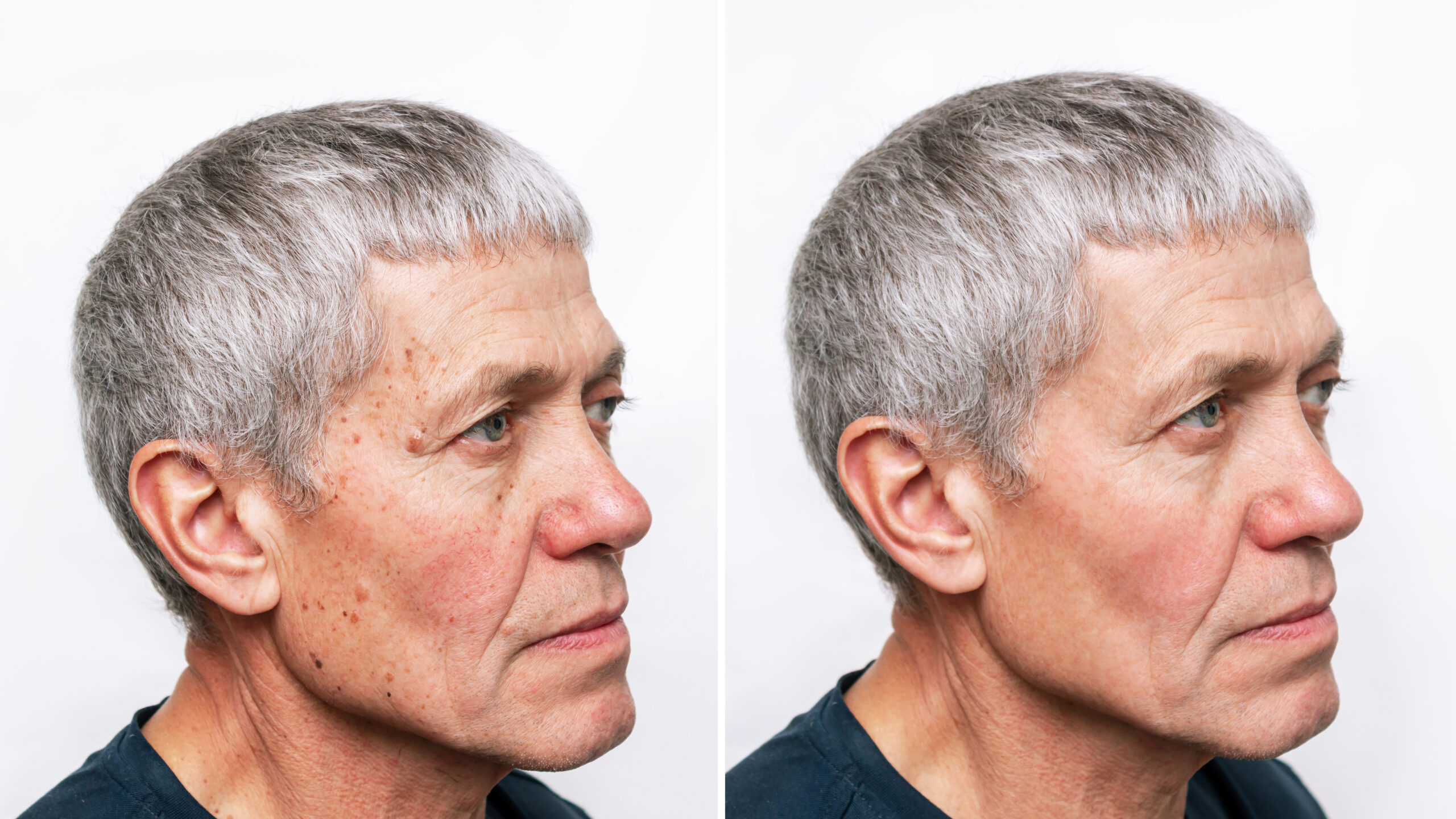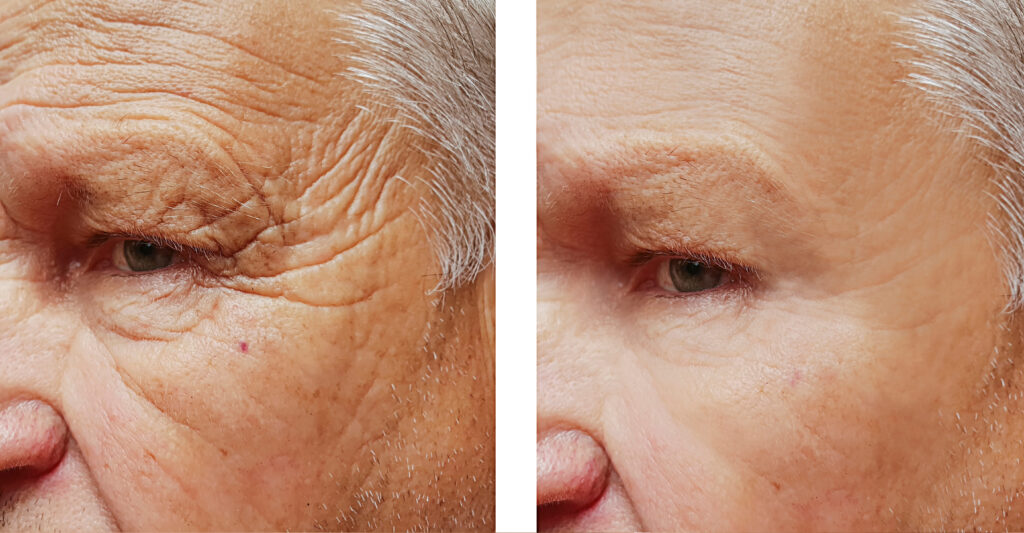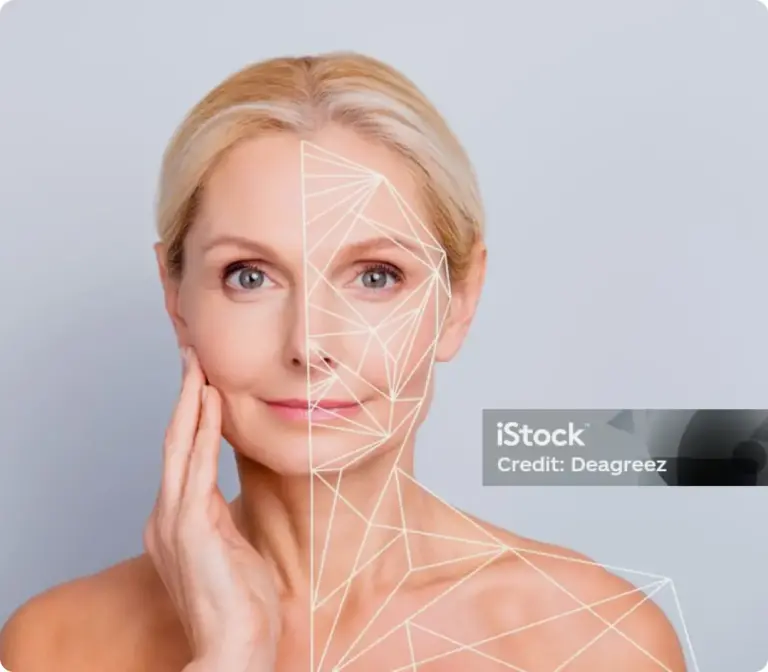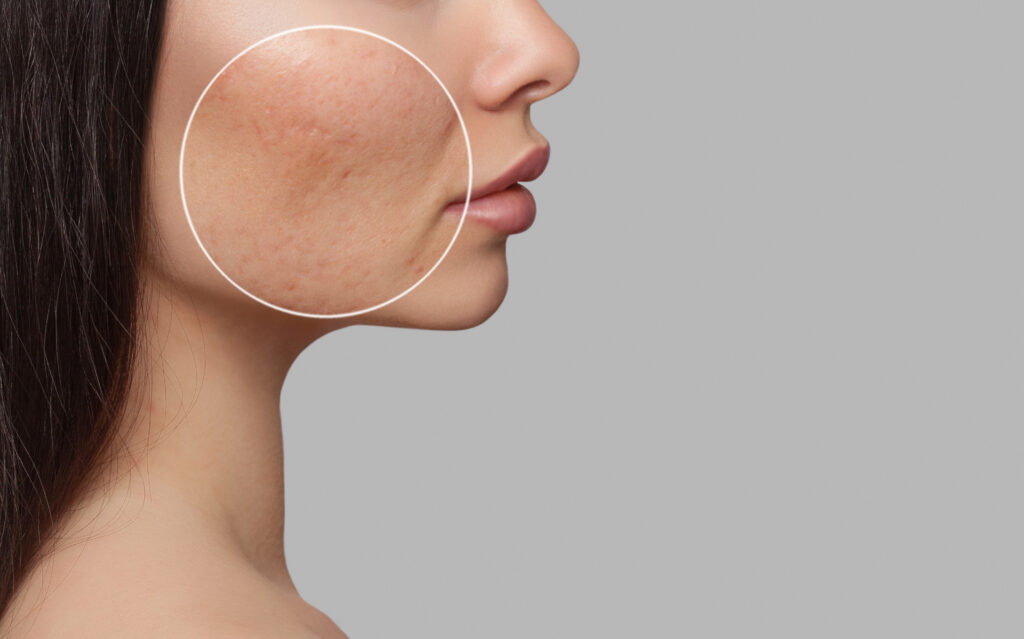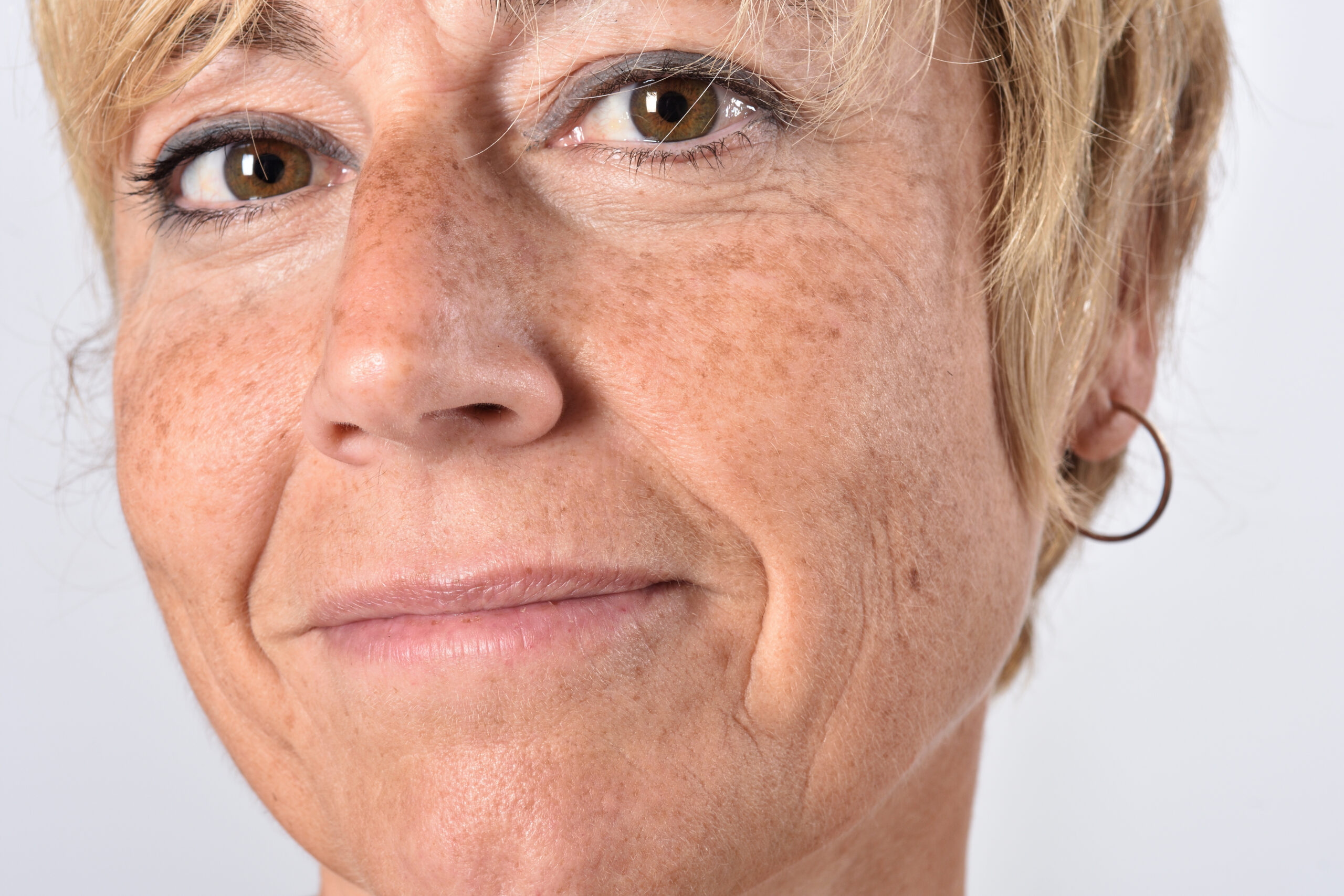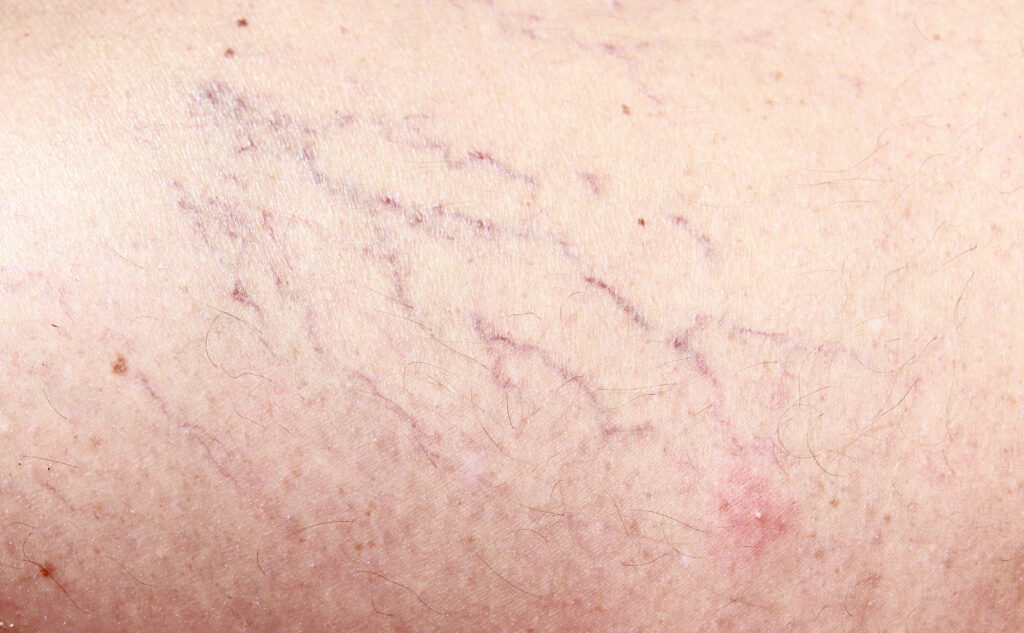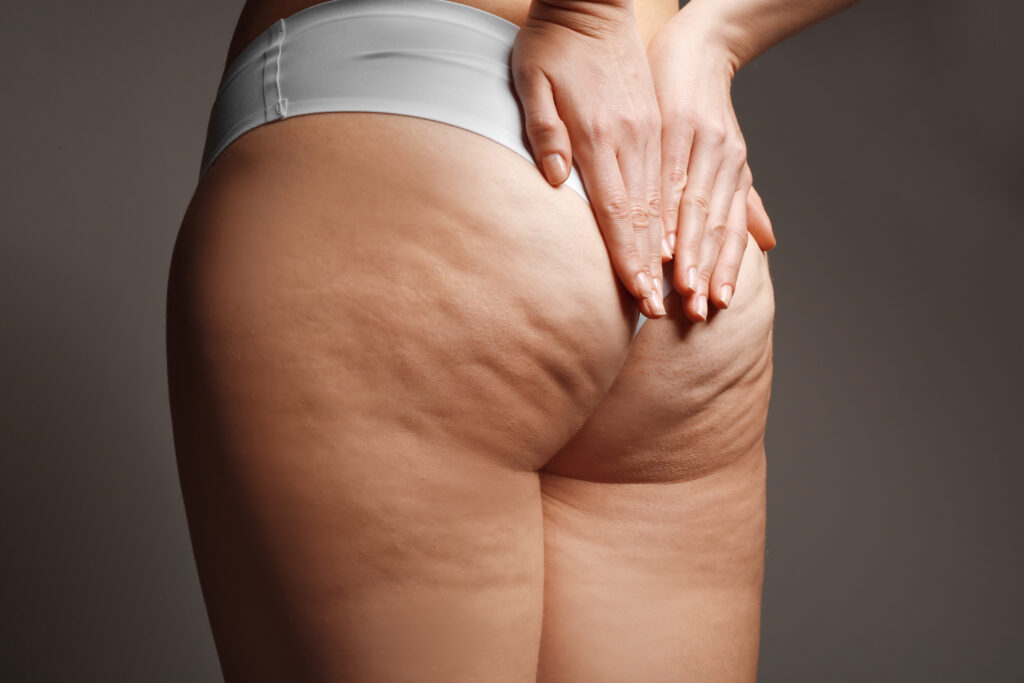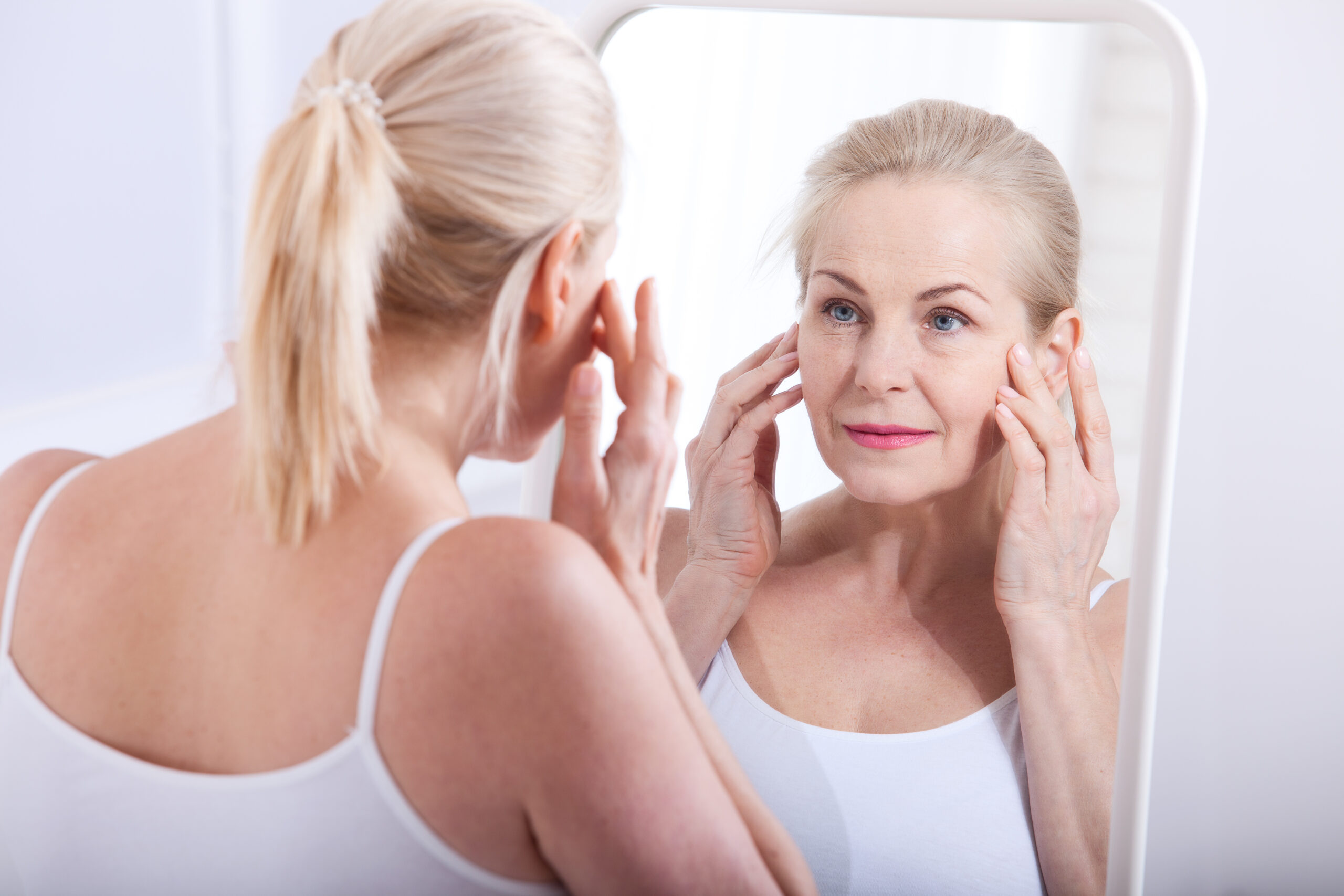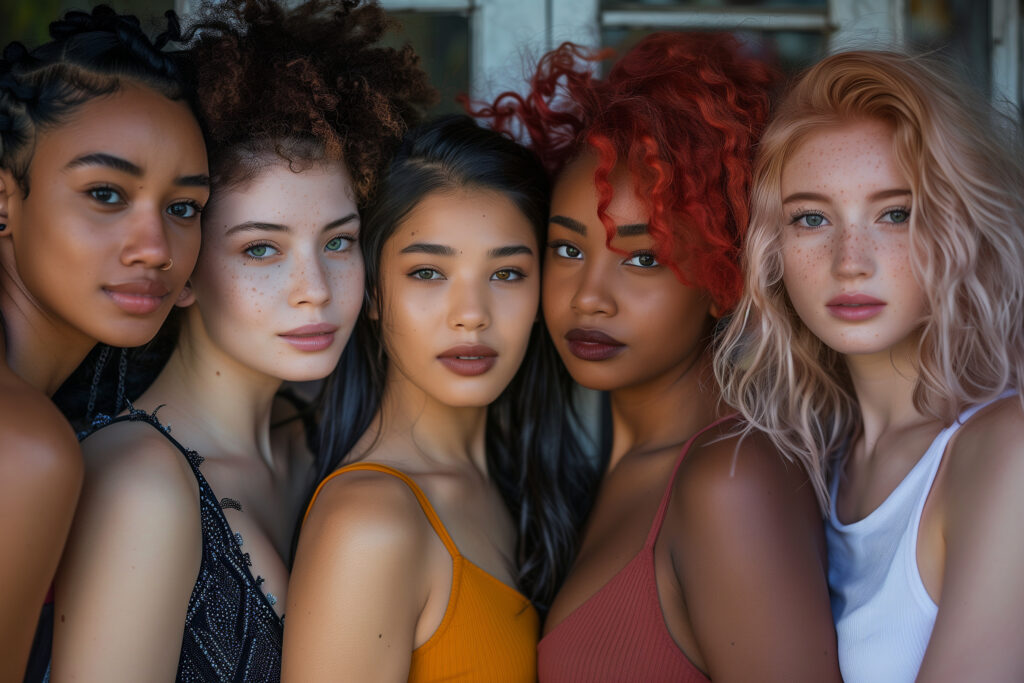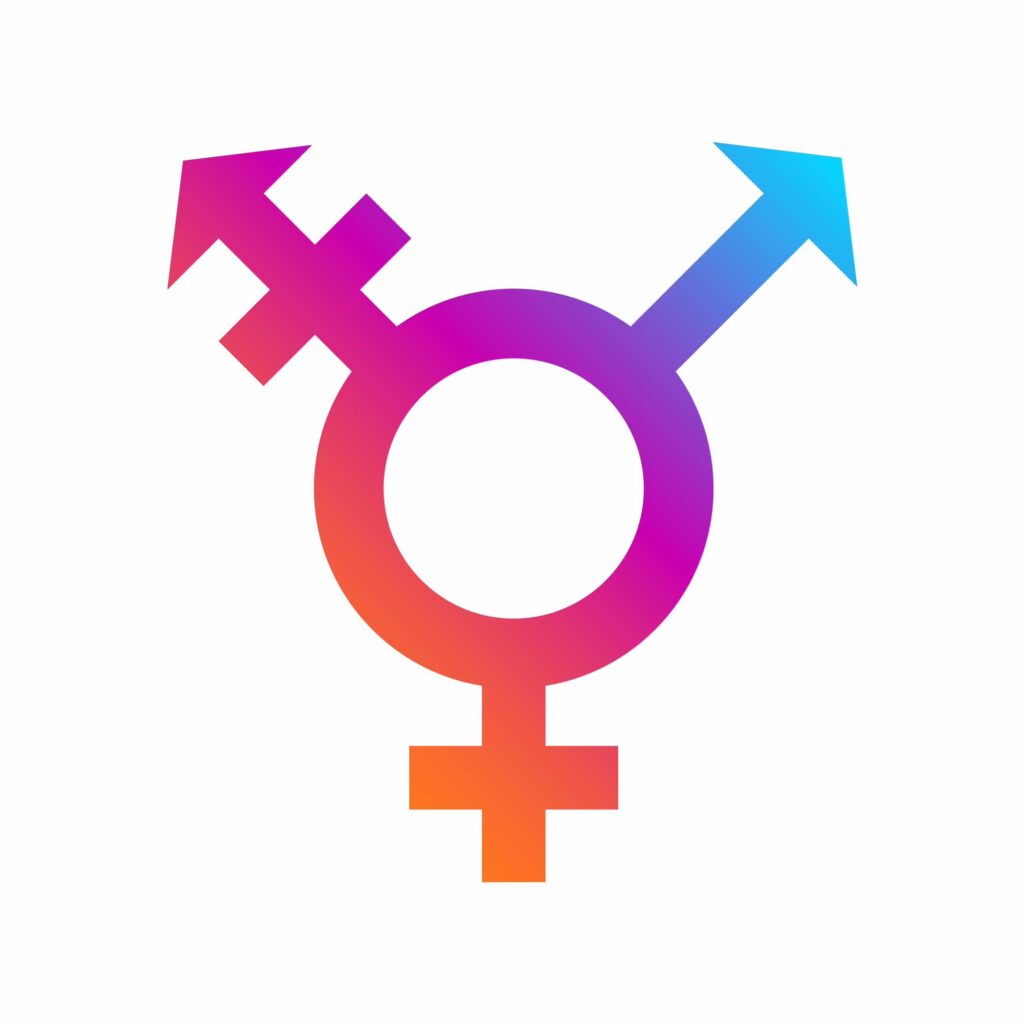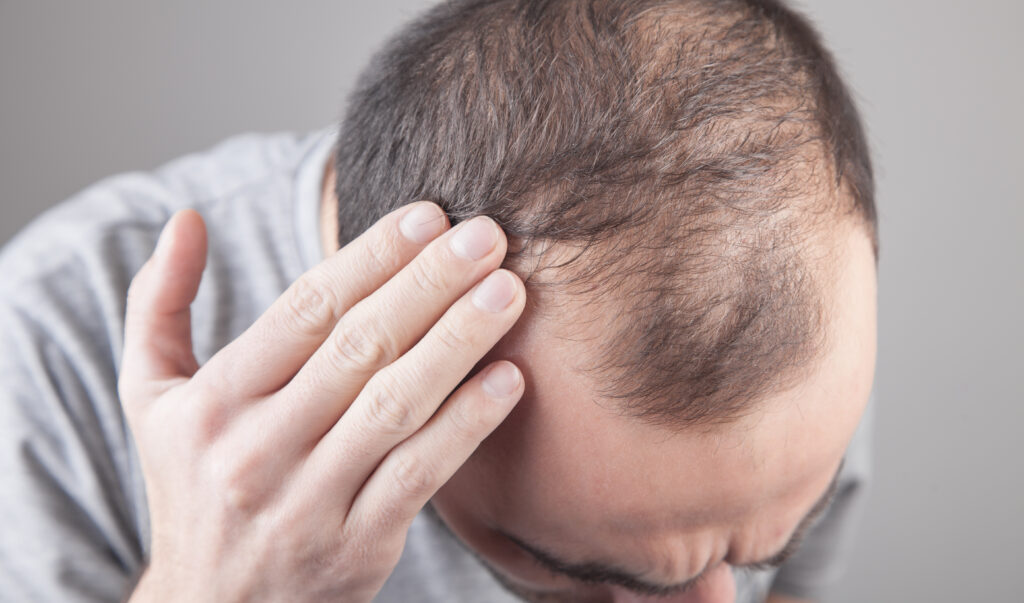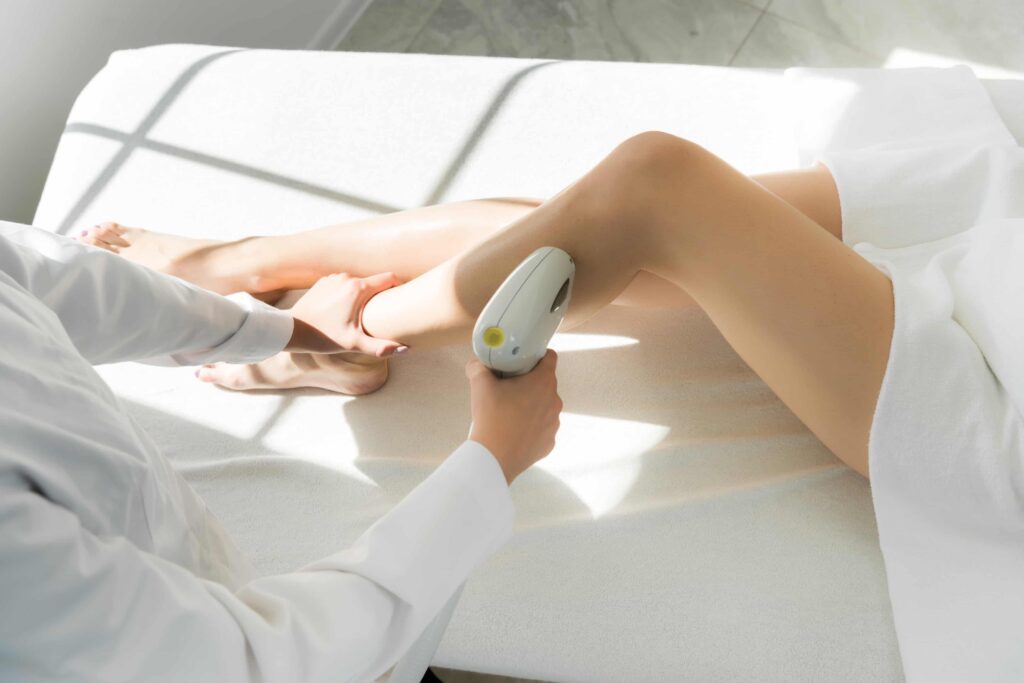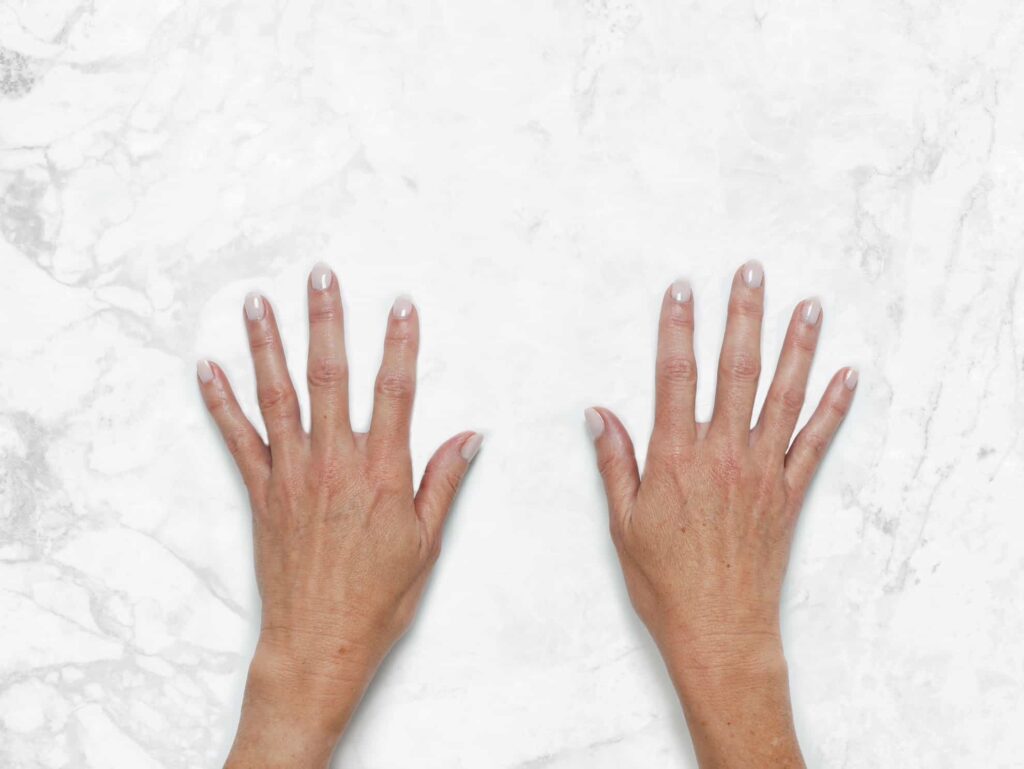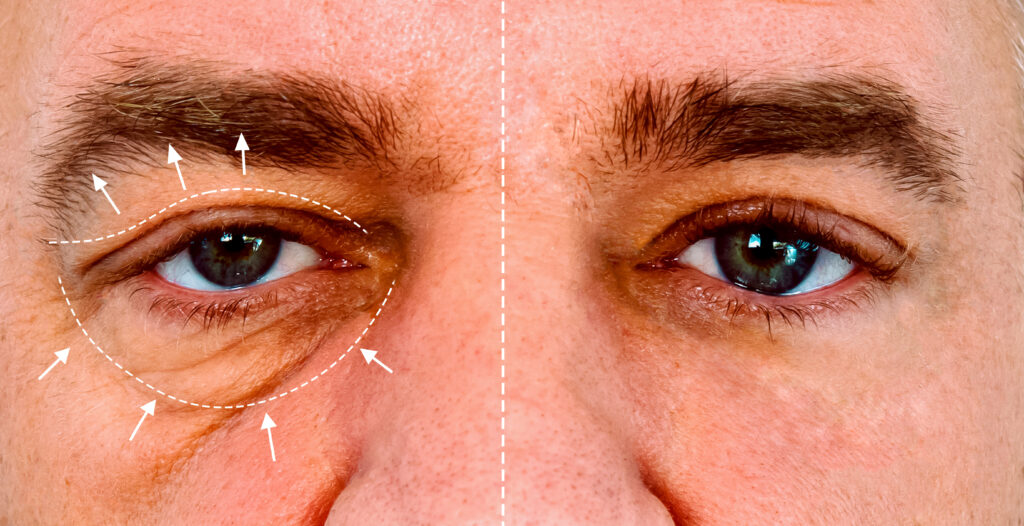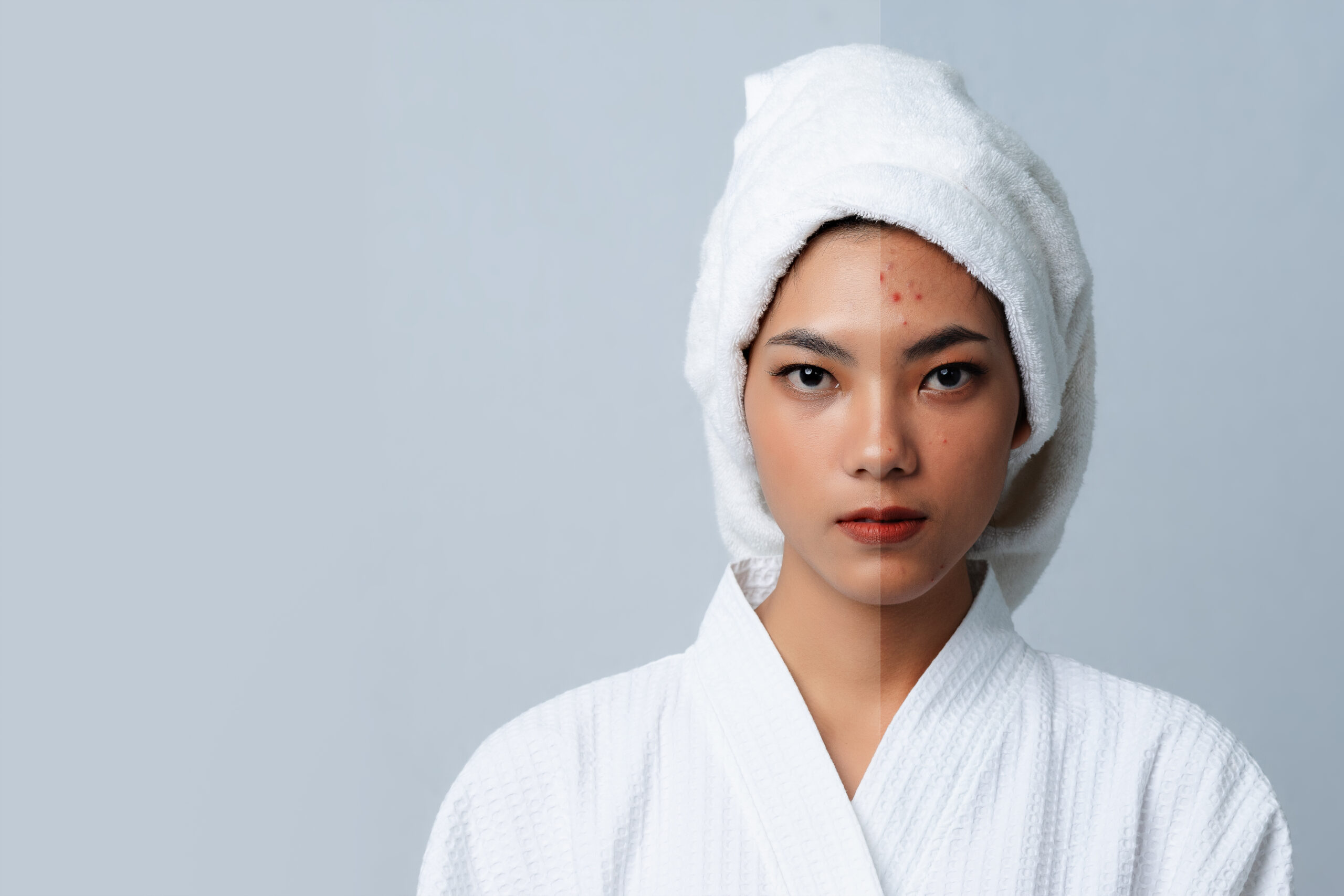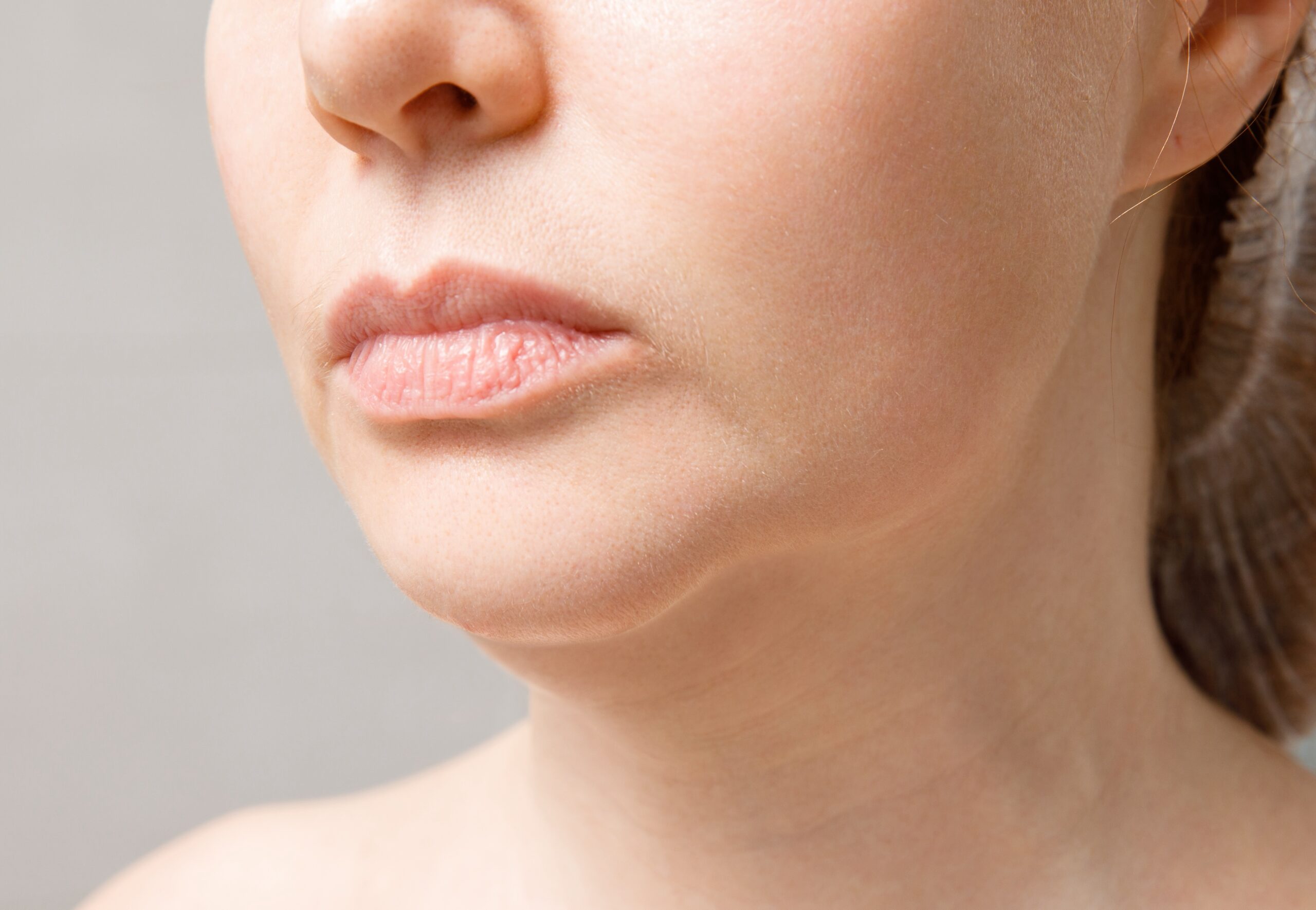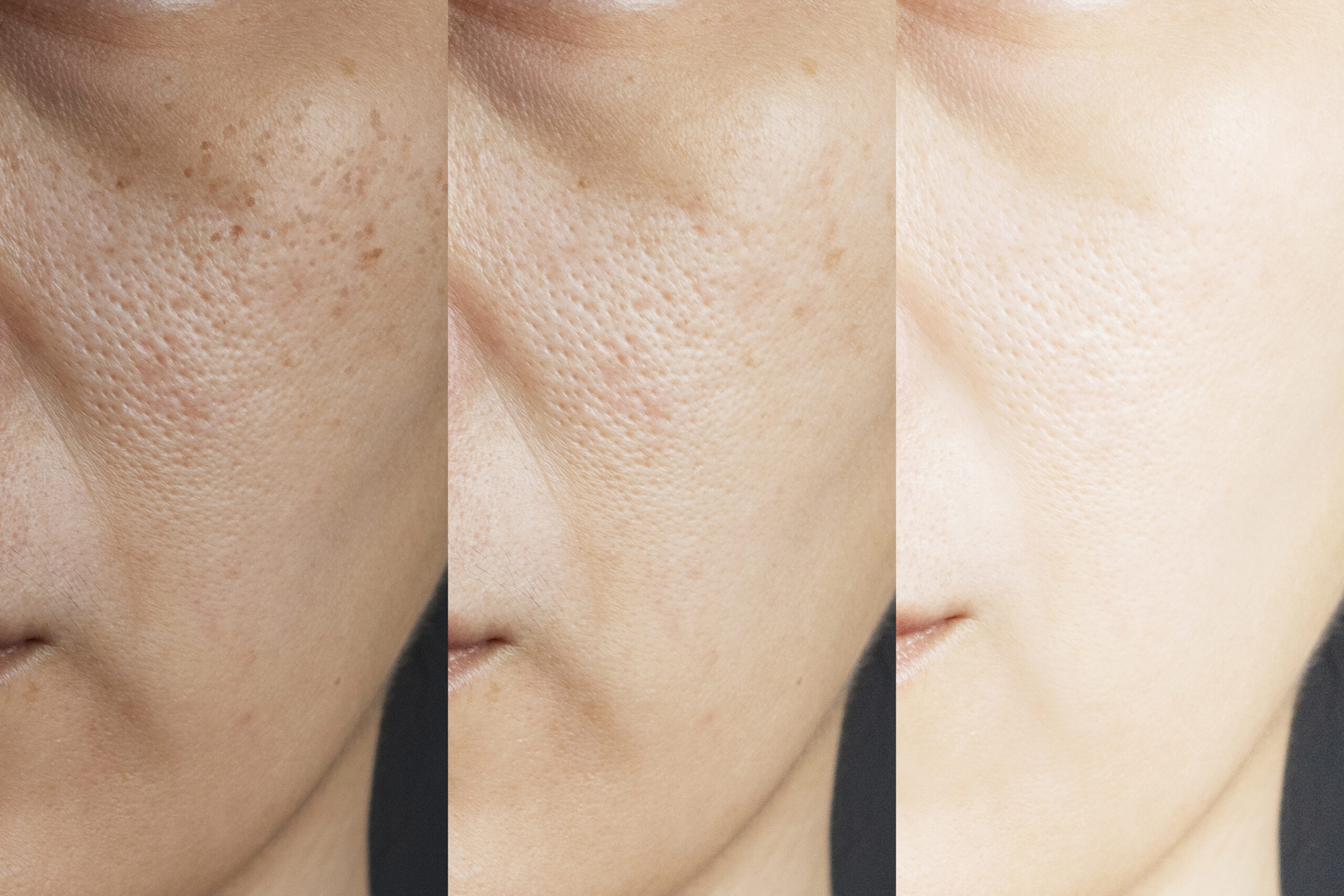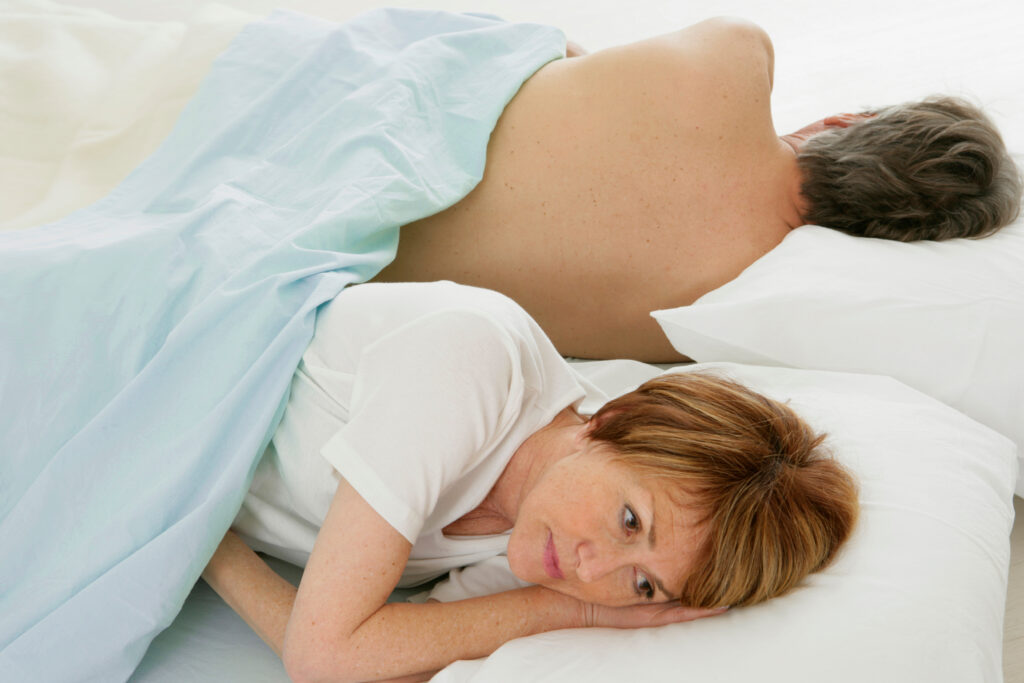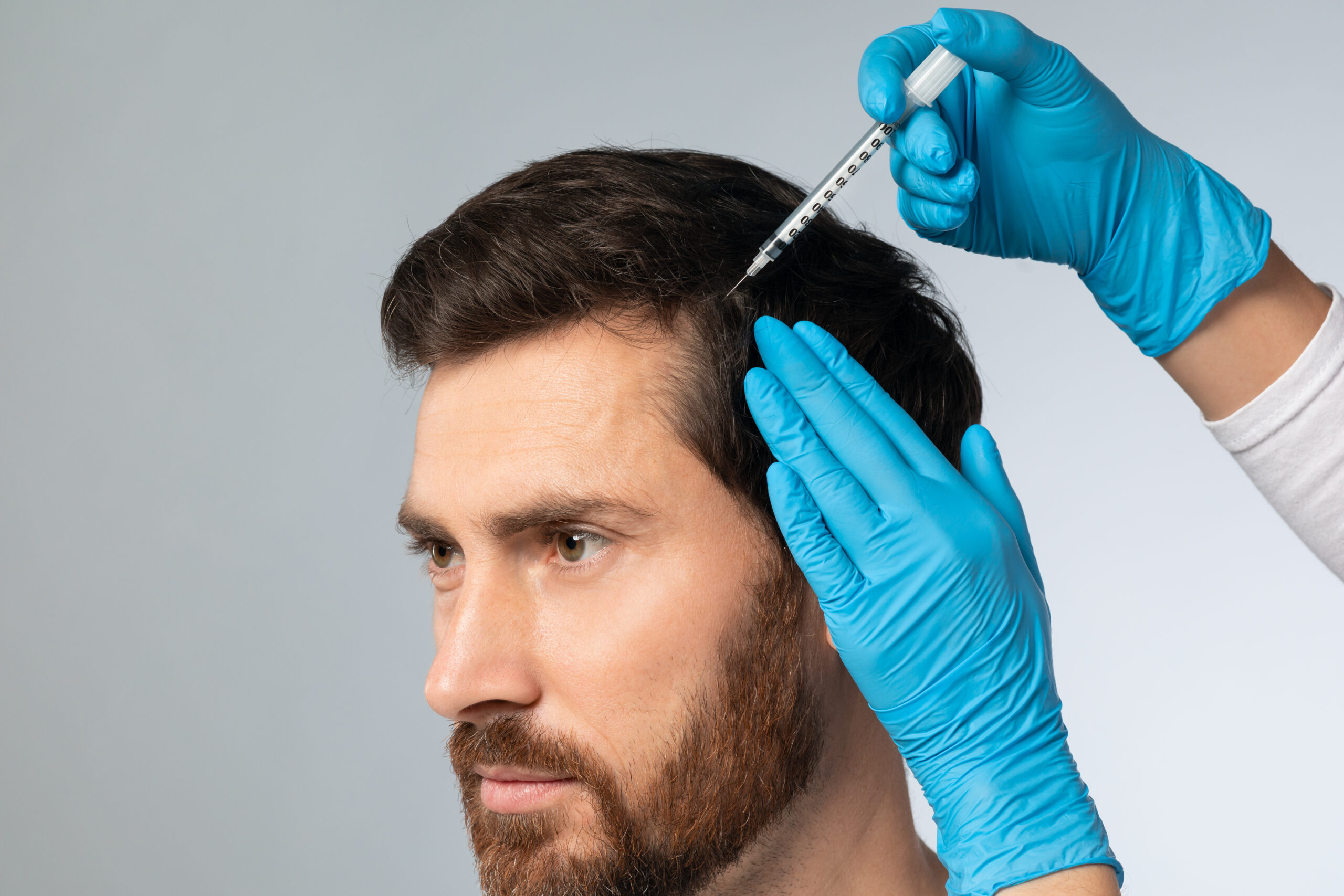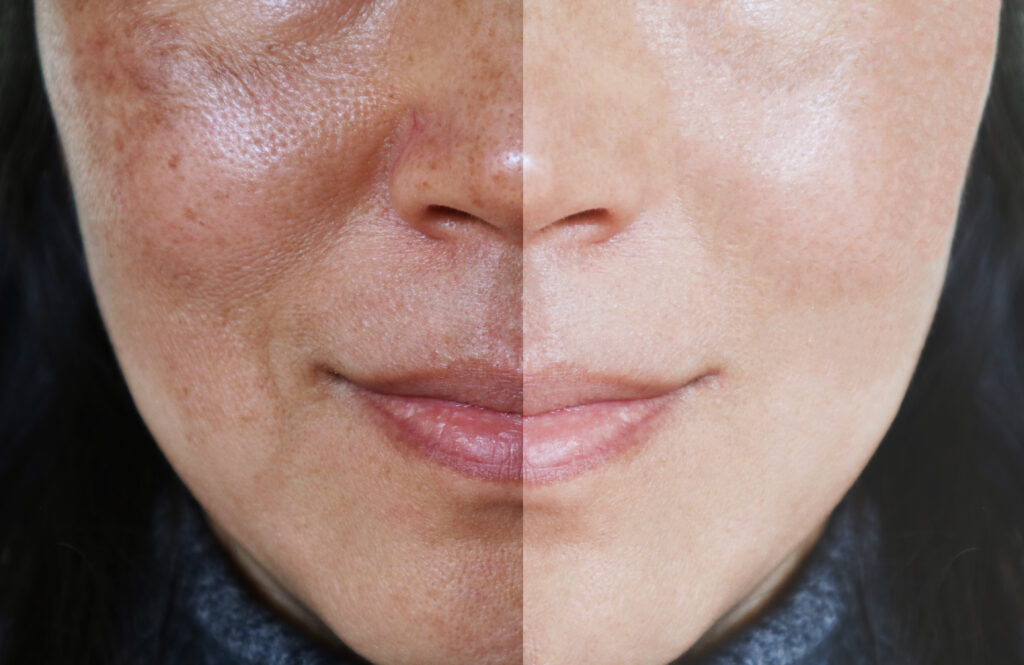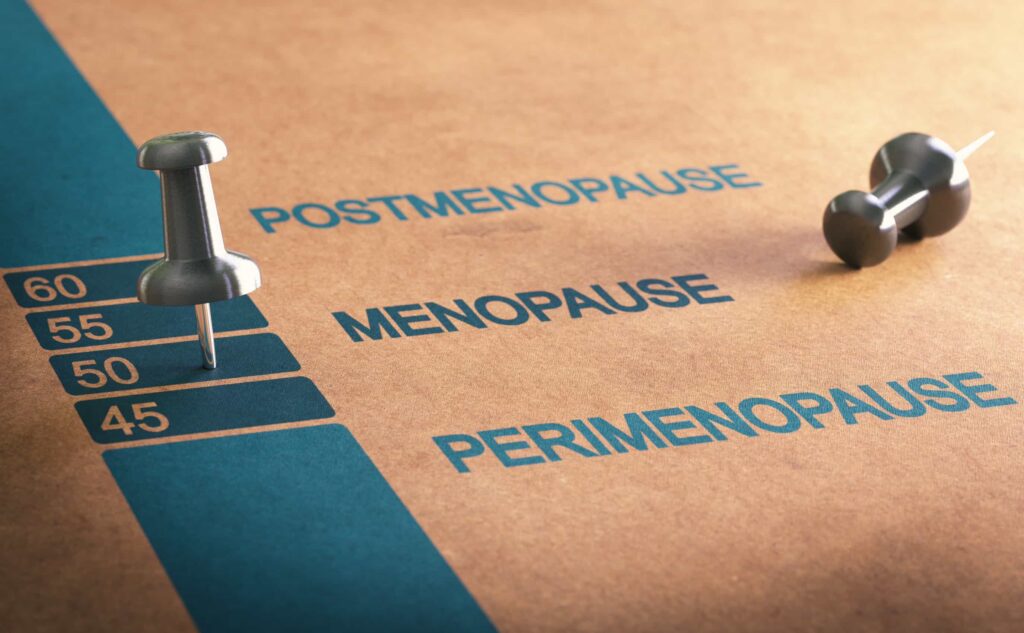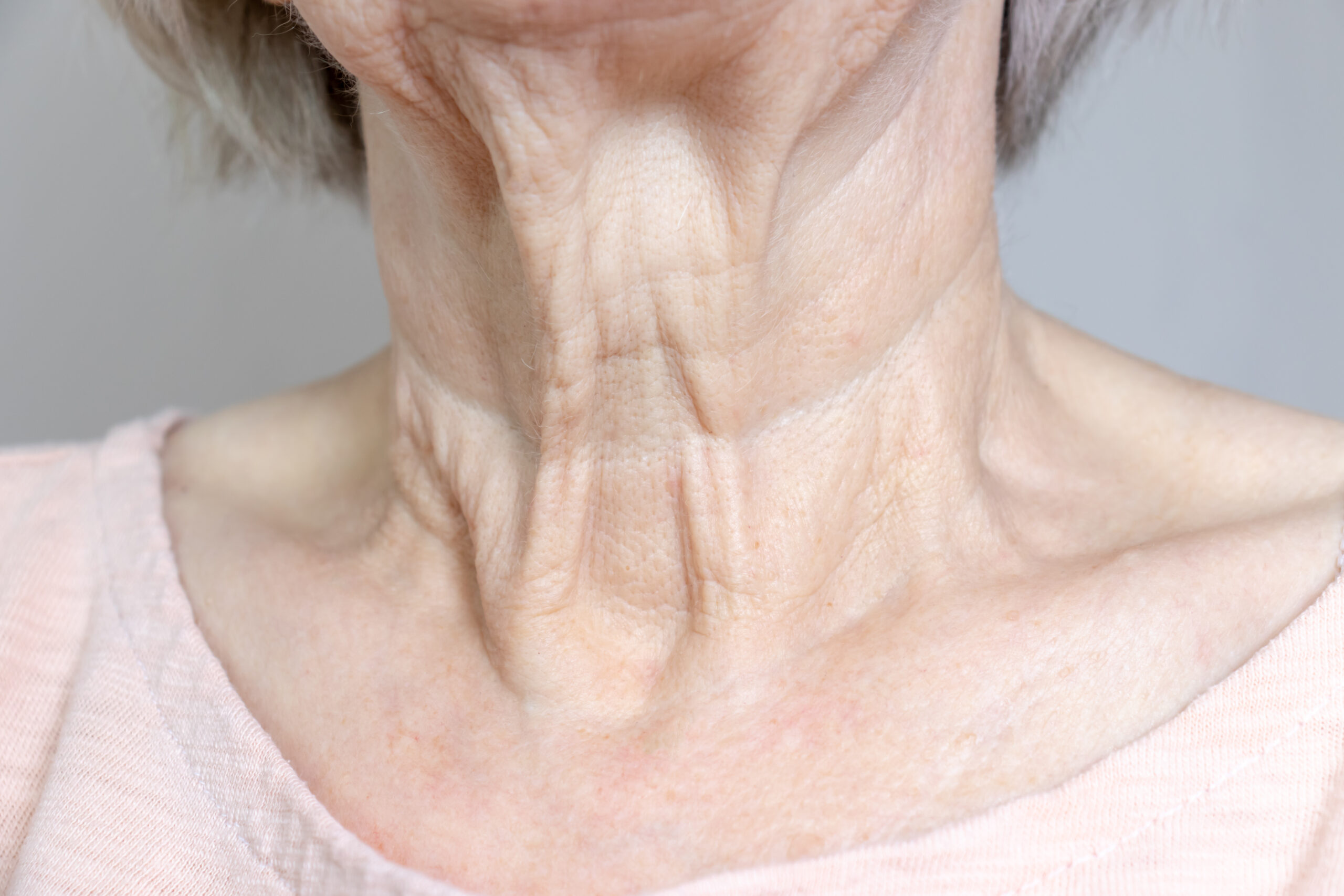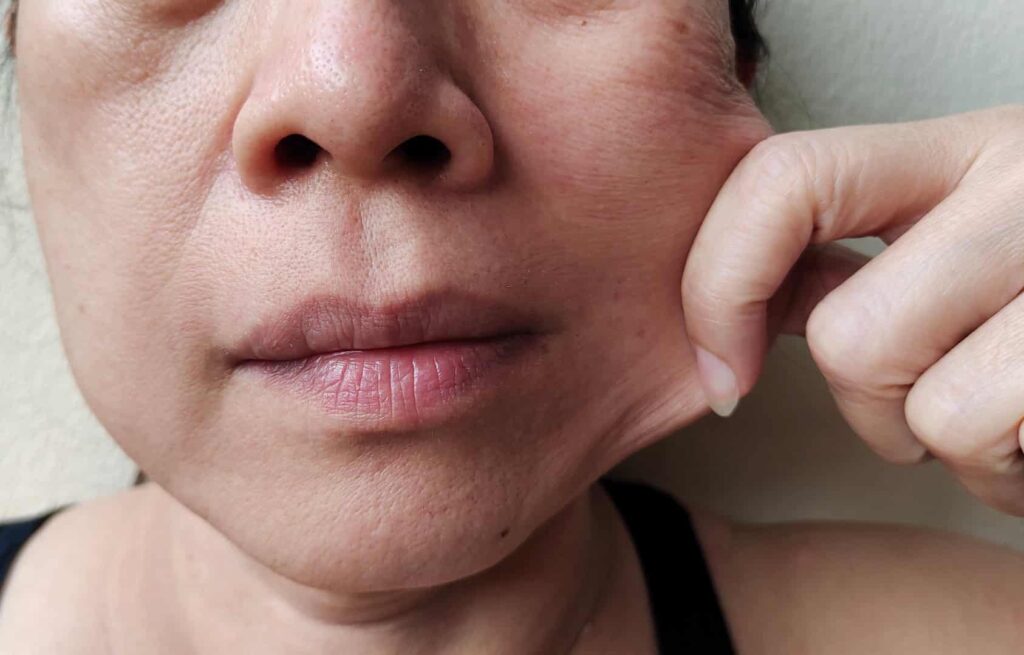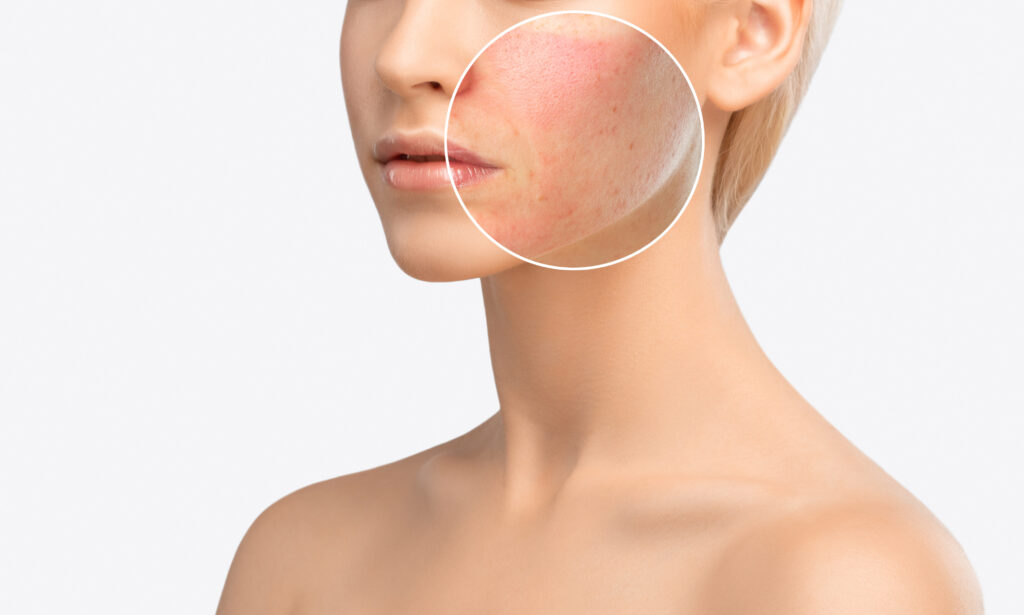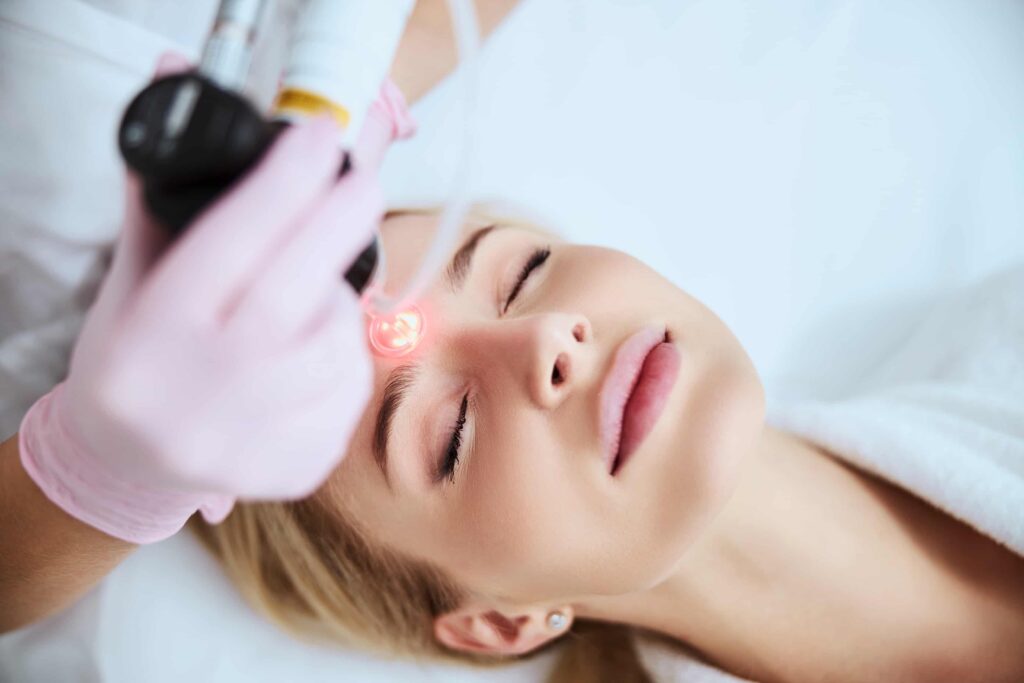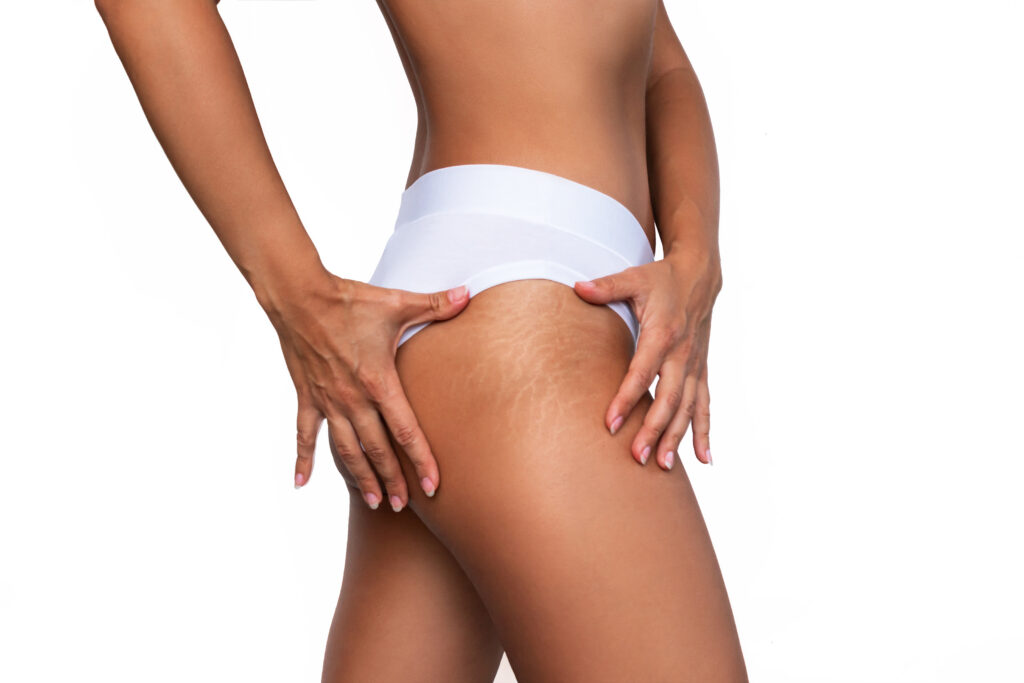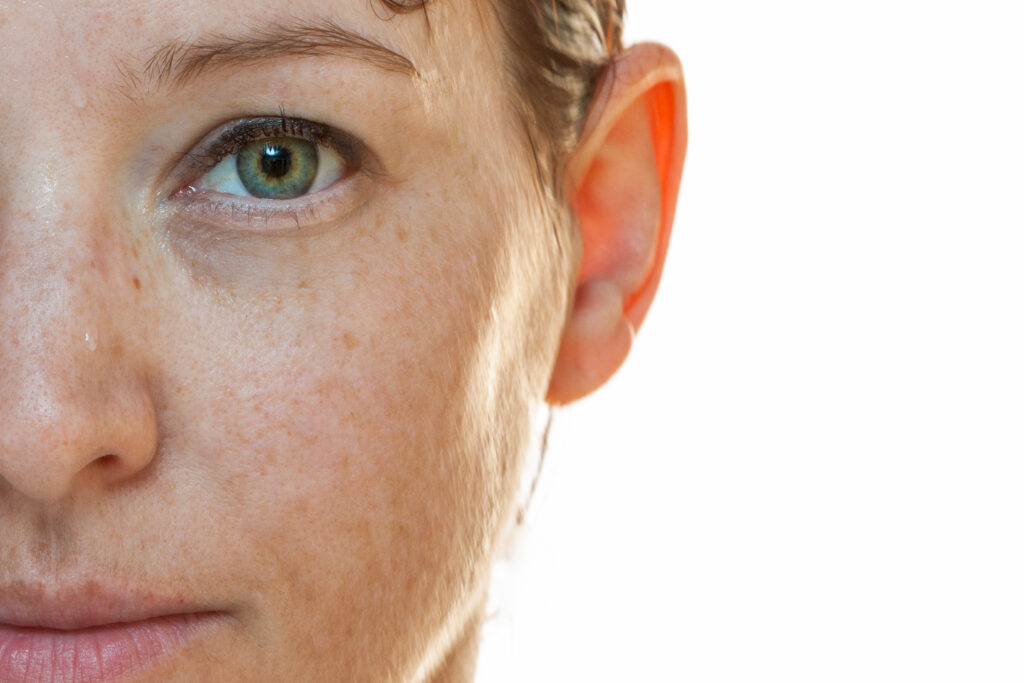The DEKA Smartxide CO2 laser is used for fractional and ablative skin resurfacing to improve the appearance of damaged or aging skin.
The laser combines traditional CO2 laser technology with fractional scanning capabilities to provide customizable treatment options for different skin conditions.
Key features of the DEKA Smartxide CO2 laser include:
The best DEKA Smartxide CO2 laser candidates are those seeking skin rejuvenation and improvement in specific skin conditions, such as:
CO2 laser resurfacing is typically an outpatient procedure lasting 30 minutes to two hours, depending on the treatment area size and desired intensity.
Before the procedure, your provider administers local anesthesia to numb the area and may provide an oral sedative for relaxation. General anesthesia may be used for fully ablative treatments, requiring transportation arrangements afterward.
During the procedure, the handheld laser device is moved across the treatment area, emitting a powerful beam of light in a grid-like pattern. Under general anesthesia, there’s no sensation. With local anesthesia, you may feel a snapping sensation.
Afterward, your skin is coated with ointment and dressings.
Downtime varies from several days for fractional treatments to over two weeks for fully ablative ones. During this period, expect swelling, scabbing, and discomfort. You can manage pain with over-the-counter or prescribed medication.
To reduce swelling, use a combination of prescription steroids and ice packs, and elevate your head while sleeping. Follow your doctor’s cleansing and moisturizing instructions, possibly using medical-grade products they recommend.
Moisturize regularly to promote healthy skin turnover and prevent scabbing. After initial healing, expect pink skin for weeks. You can resume using makeup once the area fully heals.
When outdoors, protect your skin from the sun with SPF 30+ sunscreen to prevent damage to the delicate regenerated skin.
Visible outcomes depend on treatment intensity and healing duration. Noticeable results typically appear after skin restoration and redness resolution, taking weeks for fractional treatments and months for fully ablative ones.
Clients see immediate improvements post-healing, but collagen-enhancing effects take a few months to develop as new cells and proteins form fully.
With proper skin care and sun protection, results can last several years. Regular hydration and antioxidant-rich products, along with high-SPF sunscreen, are recommended to prevent recurring damage.
However, skin aging is inevitable, necessitating ongoing maintenance. Continuous laser treatments or other rejuvenation therapies can help sustain results over time.
Fully ablative CO2 treatments pose significant risks, including burning and scarring due to the complete removal of surface of skin layers. This treatment is not indicated in darker skin types. Healing can be intense, with weeks of swelling, scabbing, and redness. Adhering strictly to post-treatment instructions, including cleansing and moisturizing, is crucial to minimize infection risk. Your provider may prescribe antibiotics post-treatment.
Fractional CO2 treatments carry lesser risks but can still cause burning and scarring, particularly for those with medium to deep skin tones. Following a doctor’s guidance is essential for healthy healing and infection prevention.
Avoid CO2 lasers for active acne as they can exacerbate inflammation and bacterial spread. Those on Accutane therapy or completed within the last 6 months should refrain from CO2 treatment due to impaired healing capabilities.
Inform your doctor of any history of cold sores so that you can receive antiviral medication before treatment to prevent flare-ups.
$1,500-$3,000 per session. Prices vary depending on the area treated and geography.
